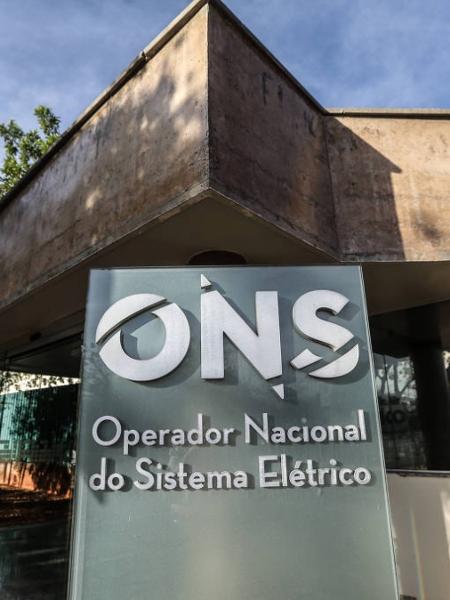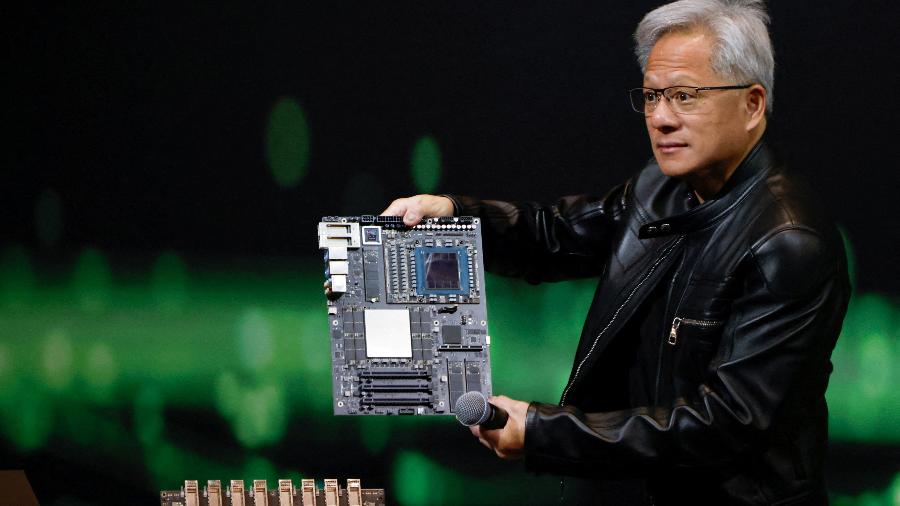Pix vai oferecer pagamentos programados e cashback, diz presidente do BC

O presidente do BC (Banco Central), Roberto Campos Neto, afirmou que o Pix, novo meio de pagamentos que entra em plena operação hoje, terá funcionalidades como pagamentos programados e cashback para os usuários. Ele não deu detalhes sobre quando essas funcionalidades serão oferecidas aos clientes.
Entre 03 e 15 de novembro ocorreu a operação restrita em que alguns clientes selecionados pelas instituições puderam e realizar pagamentos e transferências com o Pix.
Até ontem (15) já haviam sido cadastradas mais de 71 milhões de chaves Pix e realizadas mais de 1,9 milhão transações entre instituições diferentes, com um montante financeiro que ou de R$ 780 milhões.
"O Pix trará inclusão financeira, competição no sistema financeiro, eficiência e segurança. Transferir dinheiro e fazer o pagamento tem que ser tão fácil quanto fazer uma ligação ou mandar uma mensagem. Teremos no futuro próximo pagamentos programados e cashback", declarou Campos Neto.
Segundo o BC, 734 instituições se cadastraram para oferecer o Pix para os clientes. Outras 19 empresas, de participação facultativa, não realizaram todos os testes durante o período de operação restrita e retornaram à etapa de homologação a partir de 1º de dezembro de 2020.
















ID: {{comments.info.id}}
URL: {{comments.info.url}}
Ocorreu um erro ao carregar os comentários.
Por favor, tente novamente mais tarde.
{{comments.total}} Comentário
{{comments.total}} Comentários
Seja o primeiro a comentar
Essa discussão está encerrada
Não é possivel enviar novos comentários.
Essa área é exclusiva para você, , ler e comentar.
Só s do UOL podem comentar
Ainda não é ? Assine já.
Se você já é do UOL, faça seu .
O autor da mensagem, e não o UOL, é o responsável pelo comentário. Reserve um tempo para ler as Regras de Uso para comentários.